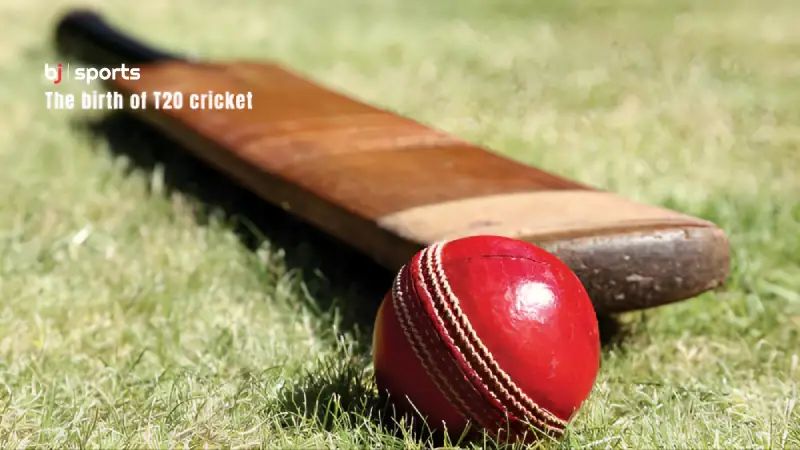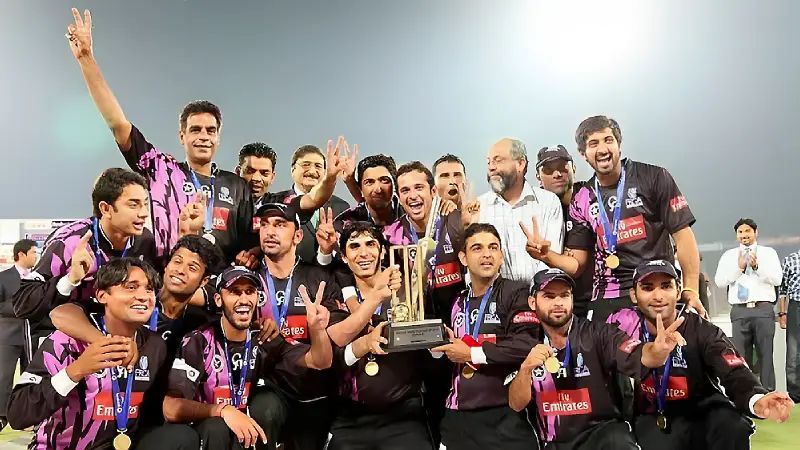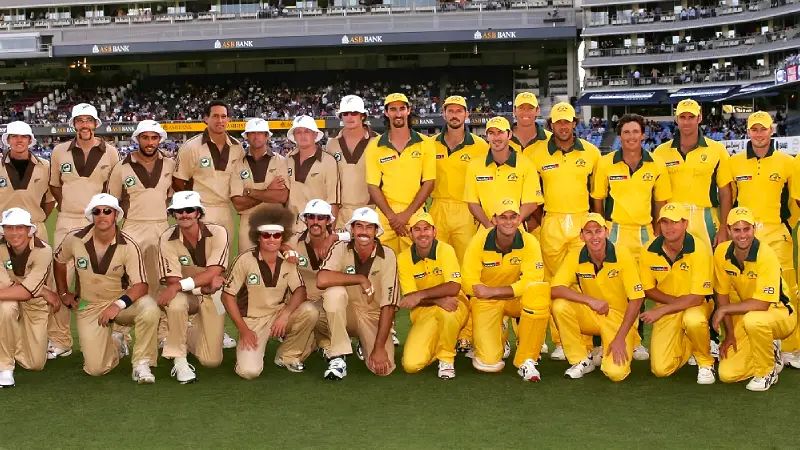
Let us take a look back at the origins and birth of T20 cricket. When the Benson & Hedges Cup ran out in 2002, the ECB needed a one-day competition to replace it. Authorities in cricket were responding to dwindling financing and attendance by seeking to make the game more appealing to younger players. It was intended to offer fast-paced, exhilarating play to thousands of cricket aficionados who were put off by the longer versions of the game. ECB marketing manager Stuart Robertson proposed a 20-over game every innings to county chairmen in 2001, and they voted 11–7 in favour of the new format.
The first-ever T20 match took place when the English countries took part in the Twenty20 Cup on June 13, 2003. The inaugural Twenty20 season in England ended with the Surrey Lions defeating the Warwickshire Bears by nine wickets in the championship final. The season was mostly successful. The first Twenty20 encounter at Lord’s between Middlesex and Surrey on July 15, 2004 drew 27,509 people, making it the most attended county cricket match at the ground since 1953 (aside from a one-day final).
The global expansion of T20 cricket:

In the competition’s first year (2004), thirteen teams from all throughout Pakistan took part, and the winners were Faisalabad Wolves. Australia’s inaugural Twenty20 match took place at the WACA Ground on January 12, 2005, between Victorian Bushrangers and Western Warriors. A sell-out crowd of 20,000 attended the CSK vs. KKR Indian Premier League 2008 match, the highest in the stadium’s nearly 25-year history. The crowd size at Eden Garden Stadium was almost 100,000.
Starting on July 11, 2006, nineteen West Indies regional teams participated in the Stanford 20/20 tournament. The event received financing backing of at least US$28,000,000 from billionaire Allen Stanford. The contest was intended to take place once a year. Guyana won US$1,000,000 in prize money in the inaugural competition, defeating Trinidad and Tobago by five wickets.
On January 5, 2007, the Queensland Bulls played the New South Wales Blues at The Gabba in Brisbane. Pre-game ticket sales indicated an attendance of 11,000 people. However, when an incredible 16,000 people came up on the day of the event to buy tickets, the stunned staff at Gabba were forced to open the gates and give many fans free entry, which led to confusion and disorder. 27,653 persons were present.
On February 1, 2008, 85,824 people attended the Australia vs. India Twenty20 World Cup match at the Melbourne Cricket Ground. The ODI World Champions took on the Twenty20 World Champions in this match.
The Stanford Super Series took place in October 2008 and featured competition from the English and Caribbean Twenty20 champions, Middlesex and Trinidad & Tobago, as well as a Stanford Superstars squad made up of West Indies domestic players. After winning, Trinidad and Tobago received US$280,000 in prize money. On November 1st, the Stanford Superstars took on England in what was expected to be the first of five straight matches with US$20,000,000 up for grabs for the winner. After Allen Stanford was charged with fraud in 2009, no more games were played, despite the fact that the Stanford Superstars won the first game.
Also read: The Incredible Journey of the Modern Indian Cricket Legend: Virat Kohli
20–20 Internationals

On February 17, 2005, Australia defeated New Zealand in the inaugural men’s complete international Twenty20 match at Eden Park in Auckland. Wearing outfits reminiscent of the 1980s, both teams engaged in a lighthearted game. The New Zealand squad’s uniform is an exact replica of the Beige Brigade.
A few players also competed among themselves for the best throwback appearance by donning hairstyles and moustaches/beards typical of the 1980s, at the request of the Beige Brigade. It was evident that Australia had won the match easily when the New Zealand innings came to an end. The players and officials didn’t give the matter any thought. Billy Bowden responded to Glenn McGrath’s ridicule of an underarm Trevor Chappell incident from an ODI between the two sides in 1981 by showing him a fake red card (crime red cards aren’t usually used in cricket).
On February 16, 2006, New Zealand defeated the West Indies in a match that finished in a 3–0 bowl-out; in the real game, each team scored 126 runs. As spectators approached the stadium for what was to be Chris Cairns’ final international match, NZC handed them life-size cardboard masks of his face.
Major Twenty20 Domestic Leagues:
- BigBash League (Australia)
- Bangladesh Premier League
- Natwetst T20 Blast
- Indian Premier League
- SuperSmash T20 (NZ)
- Pakistan Super League
- SAT20 League (SA)
- Super 4’s T20 Cup (SL)
- Caribbean Premier League (WI)
- National T20 Cup (ZIM)
- Shpageeza Cricket League (AFG)
- Inter-Provincial Twenty20 Trophy (IRE)
- Hong Kong T20 Blitz (HK)
- Everest Premier League (Nepal)
- Women’s BigBash League (AUS)
- Women’s Cricket Super League (ENG)
- The Hundred (ENG)
- Lanka Premier League (SL)
- International League T20 (UAE)
- Major Cricket League (USA)
- Women’s Premier League (IND)
Visit Bjsports to access our Cricket Blogs that are just for you and reminisce about all of your favourite cricket nostalgia moments while being thrilled by our solid cricket blog updates. To ensure you never miss out, join in on the fun right away!
 Key Injuries and Comebacks: Key Players Returning from Injury for Super Smash 2024-25
Key Injuries and Comebacks: Key Players Returning from Injury for Super Smash 2024-25 A Complete Guide to SA20 2025: Updated Schedule, Teams, and Previous Champions List
A Complete Guide to SA20 2025: Updated Schedule, Teams, and Previous Champions List Big Bash League 2024-25 Season: BBL Winners List Year-Wise Breakdown & Dream11 Prediction Insights
Big Bash League 2024-25 Season: BBL Winners List Year-Wise Breakdown & Dream11 Prediction Insights Top 5 Most Expensive IPL Players of All Time
Top 5 Most Expensive IPL Players of All Time

